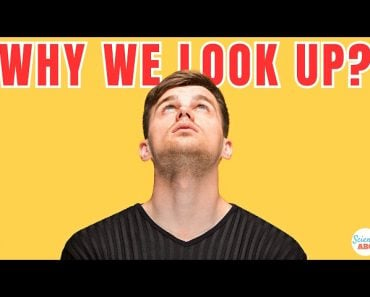AiWS is a disorienting neurological ailment characterized by a set of symptoms that affect and alter the patient’s perception. Patients experience a wide range of distortions in the perception of size, including macropsia, teleopsia or pelopsia. Some people say that they experienced distortion in their perception in their early years, but ‘grew out’ of it once they reached their teens.
A few years ago, I read a novel in which a kid was lying down on a couch, trying to take a nap. While his eyes were still open, he stared at the point where the ceiling met the corner of the wall opposite him.
Suddenly, he felt as though the room grew smaller while his own body swelled to the size of a giant. He rubbed his eyes a few times, but the sensation persisted until he finally fell asleep. In subsequent parts of the novel, it was disclosed that the little boy suffered from a rare brain disorder.

At the time of reading the novel, I thought that it was just a made-up disease invented by the writer. It was only some time later that I came to know that it is, in fact, a genuine brain affliction – a very rare condition with an even more unusual name – Alice in Wonderland syndrome.
Recommended Video for you:
What Is Alice In Wonderland Syndrome?
Alice in Wonderland syndrome, commonly abbreviated as AIWS or AWS, is a disorienting neurological ailment characterized by a set of symptoms that affect and alter the patient’s perception.
Patients experience a wide range of distortions in the perception of size, including micropsia, macropsia, teleopsia or pelopsia. Out of those four symptoms, the first two are the most commonly reported, wherein the sizes of external objects (like a room’s dimensions) or the sizes of the patient’s own body parts are perceived incorrectly.

Although AIWS affects people of all ages, it’s mostly reported to be experienced by children, and especially at nighttime. Some people say that they experienced a distortion in their perception in their early years, but ‘grew out’ of it once they reached their teens.
Alice In Wonderland Syndrome: The Reason Behind Such An Unusual Name
If you read fairy tales as a child or are a fan of literature, you may have associated the name of the disease with a very popular 19th century novel Alice’s Adventures in Wonderland, authored by Lewis Carroll.

In that novel, Alice, the protagonist of the story, experiences a number of situations that are quite similar to macropsia and micropsia. Due to this, it has been widely speculated that Carroll himself experienced such episodes of altered perception of sizes.
Another fictional parallel of AIWS can be drawn from Jonathan Swift’s novel Gulliver Travels, wherein the protagonist Gulliver ends up on an island whose inhabitants, known as Lilliputs, are of minuscule size. The AIWS symptom of micropsia is therefore sometimes referred to as a ‘Lilliputian hallucination’.
Interestingly, in that second novel, the protagonist leaves Lilliput Island only to find himself amongst a colony of giants – people so big that they could carry him in their palms. That’s another fairly common symptom (macropsia) of AIWS.

Causes Of Alice In Wonderland Syndrome
Unfortunately, medical researchers haven’t yet figured out the exact cause of this very rare brain disorder, as facts about the AIWS are still pretty ambiguous. This actually makes things worse for patients, as most doctors and physicians don’t know enough about the syndrome to diagnose the condition in the first place.
However, there are some conditions that show a strong correlation with AIWS. For instance, medical tests of AIWS patients reveal that they usually tend to suffer from migraines (visual derangements, an aura, nausea, vomiting, headache etc.).

It’s therefore considered a potential signal or trigger of AIWS. Furthermore, temporal lobe epilepsy is considered to be another causal factor.
Apart from that, numerous cases have surfaced where patients of AIWS also suffered from acute disseminated encephalomyelitis. Brain tumors can also trigger temporary episodes of AIWS, especially in children. (Source)
Can AIWS Be Cured?
Curing a medical condition requires an elaborate understanding of the underlying causal factors. As mentioned earlier, like many other bodily afflictions, AIWS is not completely understood as of now. Therefore, it does not have a proven, effective treatment. In fact, chronic cases of AIWS are basically untreatable, and therefore must wear out on their own.
However, there’s a silver lining. Although patients may become frightened and panic-stricken during episodes of AIWS, the symptoms of the disorder are not usually harmful in nature. Also, it has been observed in numerous cases that the symptoms abate and gradually disappear over time.
In other words, a child who sometimes perceives things to be much bigger than they really are may eventually return to normalcy once he/she hits the teenage years.













